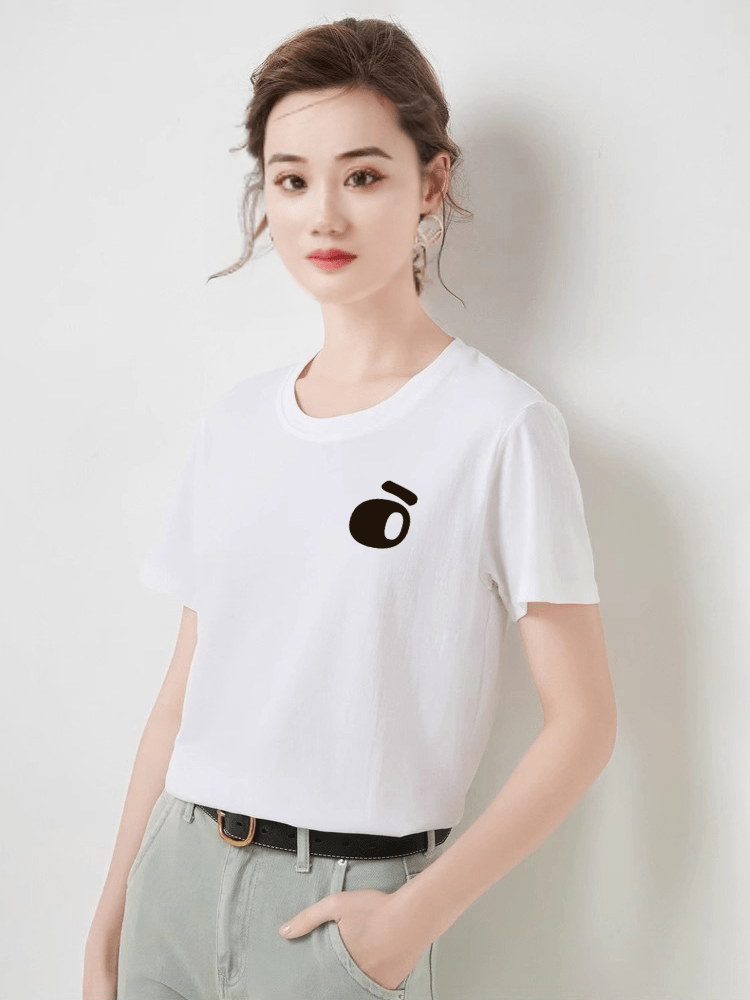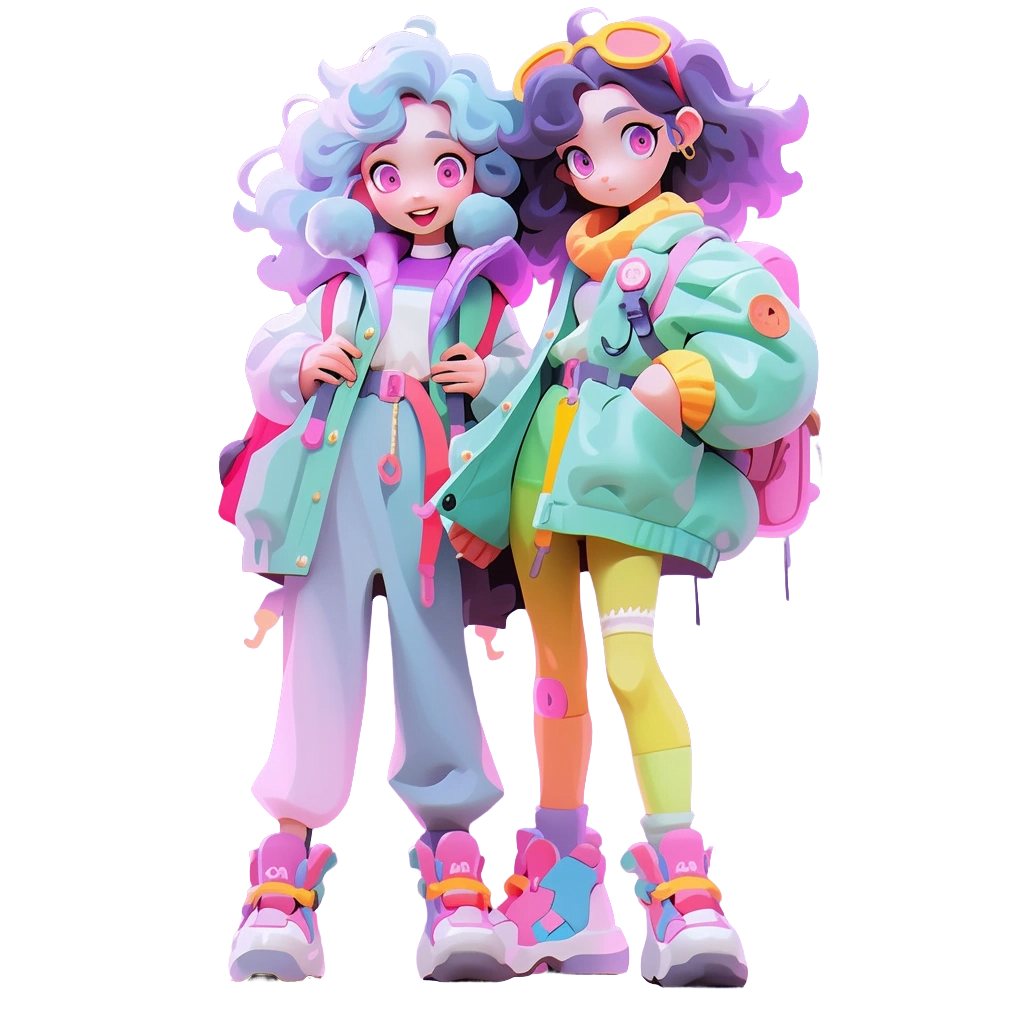📌 Introduction📌
As a toy manufacturer specializing in custom collectible figures, I’ve worked with countless clients who start with an exciting prototype only to face unexpected challenges during mass production. These challenges often lead to frustration when the final product doesn’t match the original design as closely as expected. As someone who has been in the industry for years, I understand how much you invest in your designs. Your vision, creativity, and attention to detail deserve to be honored from concept to completion.
Today, I want to share with you how to navigate the tricky transition from sample to large-scale production and give you practical tips for ensuring the final product remains as close to your original design as possible.
Why Differences Occur Between Prototypes and Mass Production 🤔
Before diving into solutions, let’s first understand why these differences occur in the first place. There are several factors at play when moving from a handmade or low-volume prototype to a mass-produced item.
Material Substitutions 🧪:During the prototype stage, premium or niche materials might be used to bring out the best visual or functional aspects of the design. However, when it comes to mass production, cost considerations and material availability may necessitate substitutions or slight adjustments
Production Techniques 🛠️:The tools and processes used in crafting a prototype are often more manual, allowing for intricate detailing and individual attention. In contrast, mass production often relies on automated processes like injection molding, which can limit some of the finer details.
Color Matching 🌈:Achieving the perfect color during mass production can be more complex than it seems. Factors like batch inconsistencies, variations in material absorption, and machine calibration can lead to color variations from the prototype.
Quality Control Variability 🔍:While a prototype is meticulously crafted to meet specific requirements, mass production deals with high volumes. This increases the risk of variability in quality. What may be a small, unnoticed deviation in one unit could become a significant issue when repeated across thousands of products.
Cost Constraints 💸:Budget limitations during mass production can sometimes force compromises in areas such as material choice, detailing, or finishing techniques. This often leads to simplified versions of the original design.
The Importance of Understanding Mass Production Early 🌱
Many of the challenges in transitioning from a prototype to a mass-produced product can be mitigated by factoring in mass production constraints from the very beginning of the design process.
When you’re in the design stage, it’s essential to keep in mind how your product will be manufactured at scale. Knowing what processes and materials will be available during mass production allows you to design with feasibility in mind, reducing the chances of disappointment later.
At our company, we always encourage clients to consider the realities of manufacturing before they finalize their designs. By doing this, we help bridge the gap between artistic vision and manufacturability. It’s a process of collaboration, not compromise. This ensures that when it’s time for mass production, your design isn’t drastically altered or simplified.
Steps to Ensure Your Final Product Reflects the Prototype 🛡️
While there will always be some differences between prototypes and mass production, there are ways to ensure that your final product stays true to your design. Here are some tried-and-true strategies we’ve developed through our years of experience working on custom toy production.
1. Involve the Manufacturer Early in the Design Process 🤝
Many designers work in isolation, creating beautiful prototypes without consulting the manufacturer until later in the process. This can lead to difficulties in replicating the design in mass production. To avoid this, consider involving your manufacturer as early as possible. They can offer insights into the feasibility of your design and recommend materials or techniques that will translate well into mass production.
We’ve had several clients come to us with elaborate designs that weren’t practical for production at scale. By working together early on, we were able to make small adjustments to their designs that maintained the integrity of their vision while making the product easier and more cost-effective to manufacture.
2. Choose the Right Materials 🧱
As I mentioned earlier, one of the main reasons prototypes differ from mass production is the availability and cost of materials. When you’re creating your prototype, make sure that the materials you’re using are either scalable or that you’ve identified suitable alternatives. Sometimes a particular resin or plastic used in a prototype might not be available in the quantities needed for mass production, or it might be too expensive. Work closely with your manufacturer to find cost-effective alternatives that will still deliver the desired look and feel of your original design.
3. Create Detailed Specifications 📋
When transitioning from prototype to production, documentation is key. Every detail of your design should be clearly specified, from material composition to color codes, to texture and finishing. This is particularly important for custom products like collectibles or action figures where every element needs to meet your exacting standards. These detailed specifications serve as a blueprint for the manufacturer, reducing the risk of miscommunication or overlooked details.
We’ve found that the more detailed the documentation, the fewer surprises there are in the final product. For instance, specifying the Pantone colors for every part of the toy ensures that the factory matches your color expectations, even when there are slight variations due to material differences.
4. Insist on a Pre-Production Sample 🧩
No matter how detailed your design documents are, nothing beats seeing a physical sample. Before mass production begins, always request a pre-production sample (PPS). This sample is your last opportunity to ensure that the product meets your standards before large-scale production.
At our company, we work closely with clients at this stage to fine-tune the product. Sometimes, it’s small adjustments—like tweaking the texture of the material or slightly adjusting a color—that make all the difference. Once the PPS is approved, it becomes the standard by which all future production runs are judged.
5. Set Up a Quality Control System 🔍
During mass production, maintaining consistent quality across thousands of units can be a challenge. That’s why it’s crucial to have a robust quality control system in place. Work with your manufacturer to establish clear quality control checkpoints at various stages of production, including material inspection, production monitoring, and final product testing.
For example, we set up regular quality checks at multiple stages of the manufacturing process, from incoming materials to final packaging. By catching issues early, we ensure that they don’t compound into larger problems that affect the final product.
6. Establish Clear Communication Channels 🗣️
One of the most common reasons for discrepancies between prototypes and mass production is miscommunication. Ensure that there is a clear and consistent line of communication between you and the manufacturer. Regular updates, video calls, and detailed reports can help avoid misunderstandings and keep everyone on the same page.
We’ve found that frequent communication not only prevents errors but also fosters a better working relationship. The more open the dialogue, the easier it is to solve problems as they arise and keep production on track.
Conclusion 🌟
Transitioning from a prototype to mass production is a complex process, but with careful planning and the right partner, it’s entirely possible to maintain the integrity of your original design. The key is collaboration—working closely with your manufacturer from the earliest stages of design through to the final product.
At our company, we pride ourselves on helping clients turn their creative visions into reality, while ensuring that the end product reflects the passion and precision of their original design. By following the steps outlined above, you can minimize discrepancies and feel confident that your product will meet your expectations.
Remember, it’s not just about making toys; it’s about bringing your ideas to life in a way that resonates with your audience. We’re here to help you navigate the challenges of mass production and ensure that your final product is as close to your original vision as possible.
If you have any questions or want to discuss how we can help you with your next project, feel free to reach out. We’re always here to assist you in creating something truly special.








